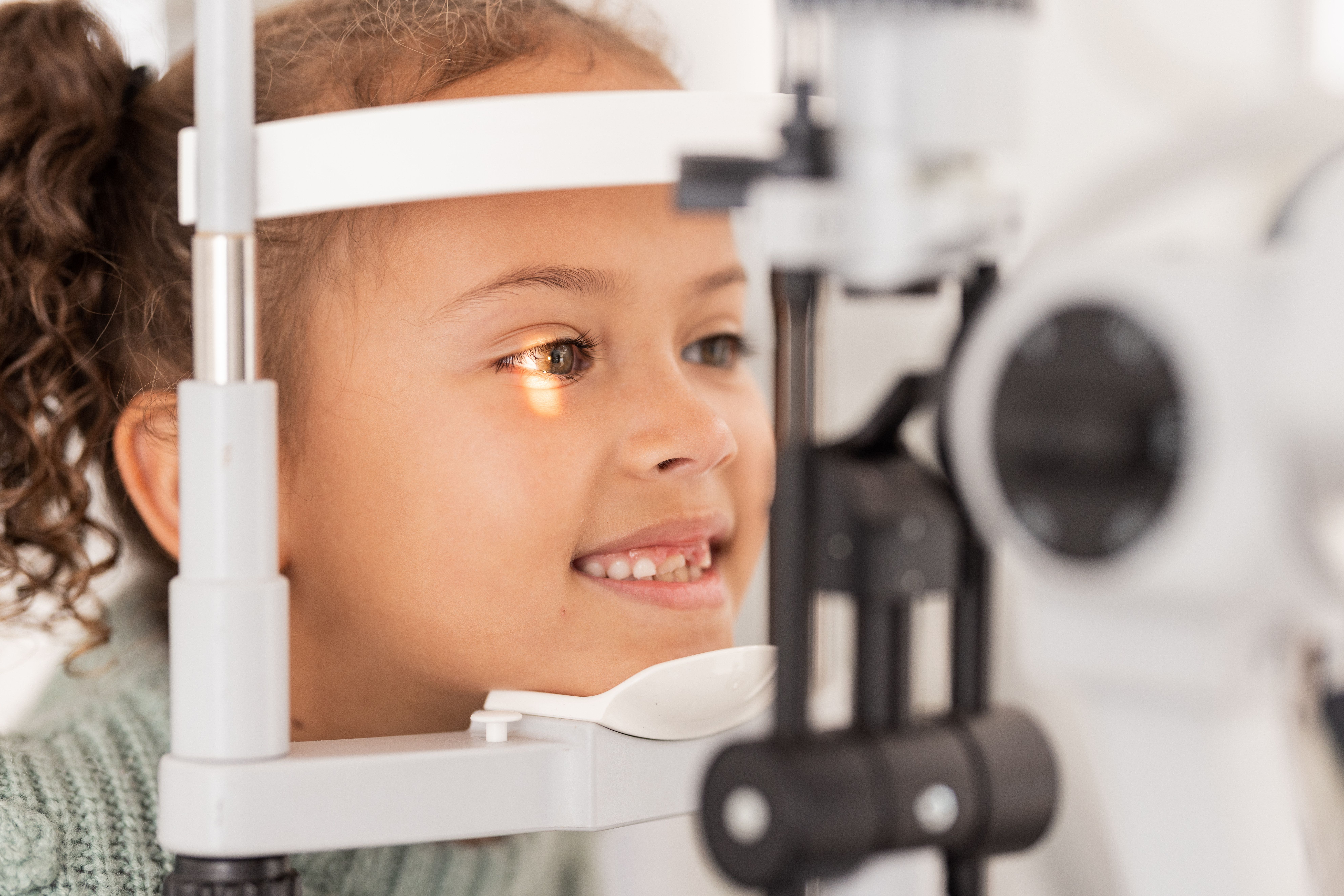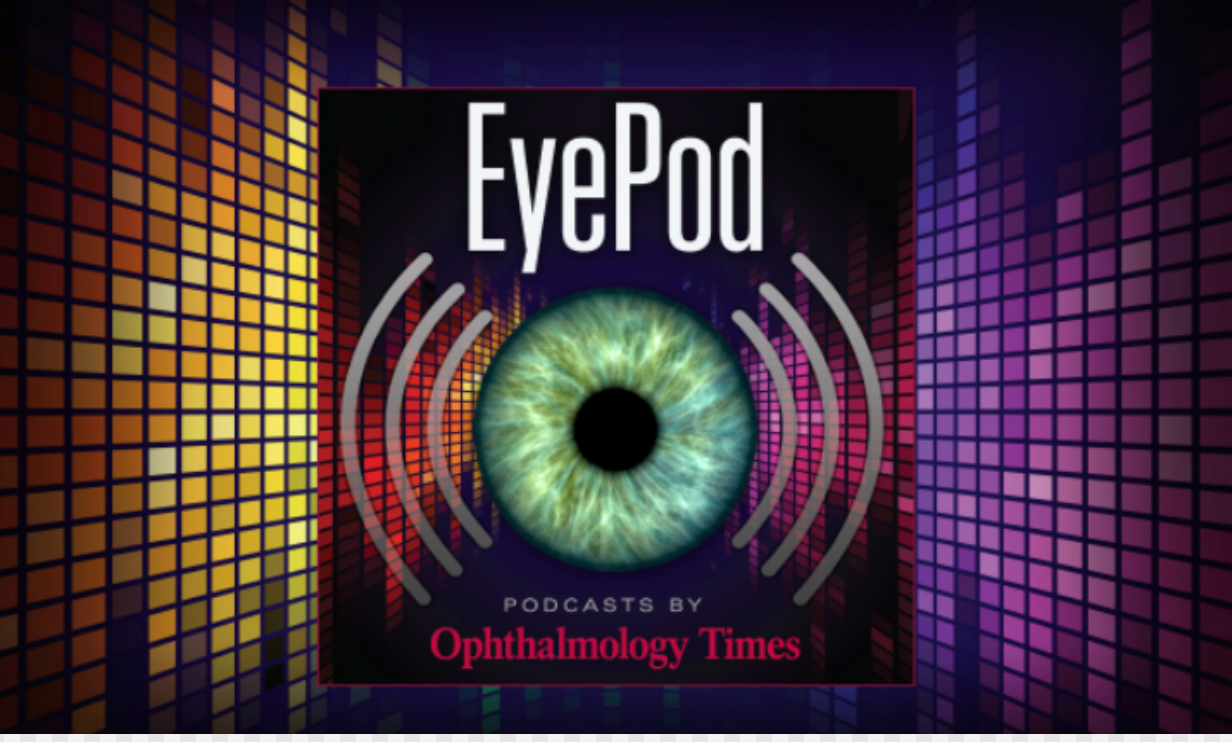News
Article
Prevent Blindness declares August as Children’s Eye Health and Safety Month
Author(s):
Prevent Blindness provides opportunities for awareness and action in support of new legislation to provide much-needed funding for children’s vision programs in the United States.
(Image credit: Adobe Stock/Alexis S)

Prevent Blindness has declared August as Children’s Eye Health and Safety Month. The goal is to educate parents, caregivers, professionals and policy makers on the important role vision and eye health plays in a child’s development, learning ability, and social engagement.
According to a news release, Prevent Blindness will offer free materials on children’s vision issues, such as myopia, amblyopia, providing information on access to eye care, and encourages individuals to advocate for federal funding for state and community children’s eye health programs.1
“Back in 1908, Prevent Blindness began as an organization dedicated to eradicating blindness in newborns. More than a century later, we continue to promote children’s vision and eye health through public education and by advocating for support of programs that provide access to eyecare,” said Jeff Todd, president and CEO of Prevent Blindness. “We encourage everyone to join us in this mission, and find out how to help us put our kids on the path to a lifetime of healthy vision.”
Volunteer researchers with the National Center for Children’s Vision and Eye Health at Prevent Blindness has authored a report, titled Association of Sociodemographic Characteristics with Pediatric Vision Screening and Eye Care: An Analysis of the 2021 National Survey of Children’s Health.2 The researchers found that only 53 percent of U.S. children received a vision screening in 2021. This disparity is even more pronounced among children from disadvantaged backgrounds.
Early detection and treatment is key. Without it, uncorrected vision disorders can impair healthy development, interfere with learning, and even lead to permanent vision loss. However, vision screening and regular eye care can help detect and treat potentially irreversible vision impairment. Visual functioning is a strong predictor of academic performance in school-age children.
Prevent Blindness will offer free resources including fact sheets, social media graphics, toolkits, videos and webpages on a variety of topics on children’s vision from infancy through adolescence. The NCCVEH, now celebrating its 15th anniversary, offers on getting children ready for school, taking a child to an eye doctor, preparing a child for wearing glasses or contact lenses, tips for preventing eye injuries, and much more.3
Moreover, Prevent Blindness kicked off its “Retinopathy of Prematurity (ROP) Education an d Support Program” as part of the inaugural ROP Awareness Week. It offers fact sheets and social media graphics in both English and Spanish as well as a dedicated web page and video series that includes parents of children with ROP, ROP patients, a pediatric ophthalmologist, psychologist, ROP nurse, and family support organizations. The program is supported by funding from Regeneron.
The Centers for Disease Control and Prevention, in a recent study, noted that between 2001 and 2017, the number of people under age 20 living with type 1 diabetes increased by 45 percent, and the number living with type 2 diabetes increased by 95 percent.4
Prevent Blindness offers its “Diabetes + The Eyes: Vision Health in Youth” website and fact sheet, in both English and Spanish. This resource provides detailed information on what parents and care partners need to know to help youth with diabetes protect their eye health. The resources were developed with support from UnitedHealthcare.
Additionally, the Prevent Blindness Focus on Eye Health Expert Series has free episodes dedicated to children’s vision and eye health topics including:5
- “Children’s Vision and Eye Health,” with R.V. Paul Chan, MD, MSC, MBA, FACS, Head, Department of Ophthalmology and Visual Sciences, The John H. Panton Professor of Ophthalmology, University of Illinois at Chicago College of Medicine, and Director, Pediatric Retina and Retinopathy of Prematurity Service, Illinois Eye and Ear, UI Health. Dr. Chan is also a volunteer member of the Prevent Blindness Board of Directors.
- Through a partnership with Delta Gamma, “Children's Vision and Parent Advocacy,” featuring Lauren C. Ditta, MD, Pediatric Neuro-Ophthalmologist at Le Bonheur Children's Hospital and Associate Professor of Ophthalmology and Pediatrics at Hamilton Eye Institute, University of Tennessee Health Science Center, and Delta Gamma alumna.
- “Partnering with School Nurses for Children's Vision and Eye Health,” with Donna Mazyck, MS, RN, NCSN, CAE, FNASN, former Executive Director of the National Association of School Nurses (NASN).
The Office of Head Star’s National Center for Health, Behavioral Health and Safety is offering “Emerging Eye Health Issues in Young Children.”6 Expert speakers include Donna Fishman, director of the NCCVEH; Elise B. Ciner, OD, FAAO, Pennsylvania College of Optometry at Salus University; and Fuensanta A. Vera-Diaz, PhD, OD, Associate Professor of Optometry, New England College of Optometry, and volunteer on the Prevent Blindness Scientific Committee, who provided information on myopia prevention.
On the legislative front, Prevent Blindness is encouraging support for the Early Detection of Vision Impairment for Children Act, bipartisan legislation that seeks to establish the first ever federal program for children’s vision which will provide grants for states and communities to improve children’s vision and eye health through coordinated systems of care. It is endorsed by more than 80 state and national organizations.
State-by-state snapshots on children’s vision screening requirements, as well as percentage of children screened, and percentage of children who have received eye examinations, are also available online
More information is available for general information on children’s eye health and safety, and additional information on the NCCVEH and its variety of programs, online.
References:
Prevent Blindness Declares August as Children’s Eye Health and Safety Month to Educate Parents, Professionals, and Government Leaders on the Importance of Healthy Vision for Kids - Prevent Blindness. Published July 30, 2024. Accessed July 30, 2024. https://preventblindness.org/2024-childrens-vision-month/
Antonio-Aguirre B, Block SS, Asare AO, Baldanado K, Ciner EB, Coulter RA, DeCarlo DK, Drews-Botsch C, Fishman D, Hartmann EE, Killeen OJ, Yuen J, Collins ME. Association of Sociodemographic Characteristics with Pediatric Vision Screening and Eye Care: An Analysis of the 2021 National Survey of Children's Health. Ophthalmology. 2024 May;131(5):611-621. doi: 10.1016/j.ophtha.2023.12.005. Epub 2023 Dec 10. PMID: 38086435.
Your Child’s Sight - National Center. Accessed July 30, 2024. https://nationalcenter.preventblindness.org/your-childs-sight/
CDC Archives. archive.cdc.gov. Accessed July 30, 2024. https://archive.cdc.gov/#/details?url=https://www.cdc.gov/media/releases/2021/p0824-youth-diabetes.html
Focus On Eye Health Expert Series - Prevent Blindness. Published April 9, 2018. Accessed July 30, 2024. https://preventblindness.org/focus-on-eye-health-expert-series/
Emerging Eye Health Issues in Young Children | ECLKC. eclkc.ohs.acf.hhs.gov. Published July 9, 2024. Accessed July 30, 2024. https://eclkc.ohs.acf.hhs.gov/video/emerging-eye-health-issues-young-children
Newsletter
Don’t miss out—get Ophthalmology Times updates on the latest clinical advancements and expert interviews, straight to your inbox.





